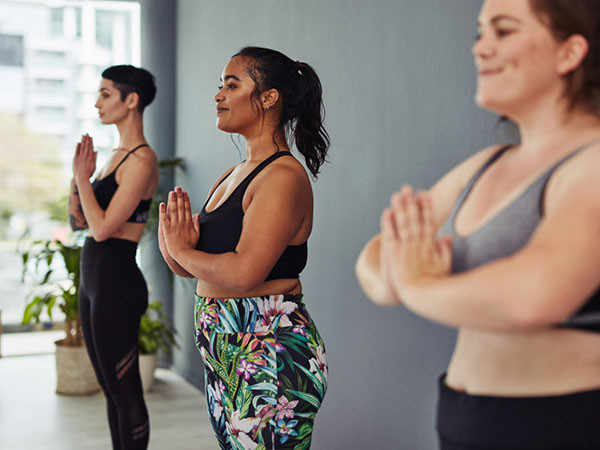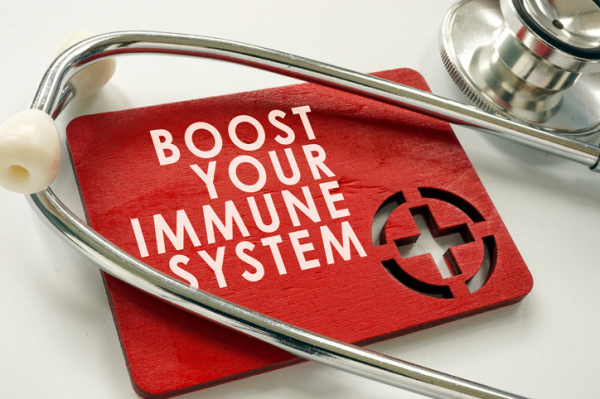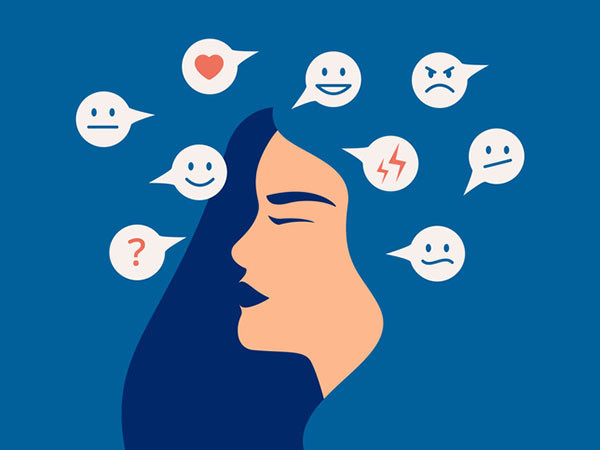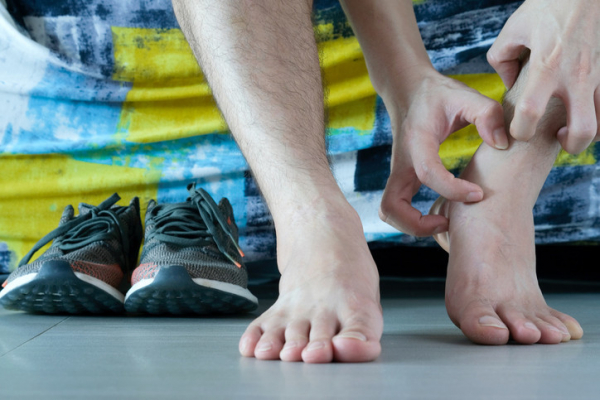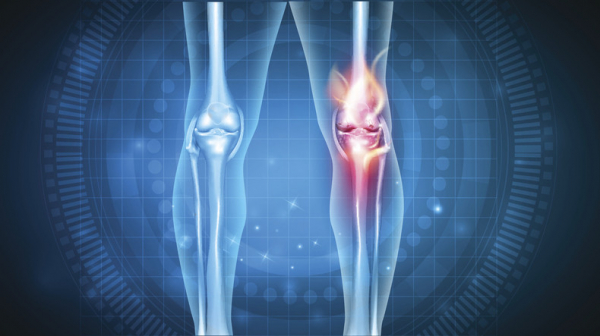

Just about everyone experiences knee pain at some point in their lives. Most of the time, it follows an injury or strenuous exercise and resolves in a few days, but knee pain can last months or even years, depending on the cause. A new study suggests telehealth programs designed for people with knee osteoarthritis may help ease pain, improve ability to function, and possibly even lead to weight loss.
What is osteoarthritis of the knee?
Osteoarthritis (OA) — the age-related, “wear-and-tear” degeneration of the knee joint — is the number one cause of chronic knee pain, affecting nearly a quarter of people age 40 or older. It’s responsible for most of the 600,000 knee replacements in the US each year, and more than $27 billion in annual healthcare spending.
How is it treated?
No treatment for knee OA is ideal or works in every case. Standard approaches to treatment include pain management, exercise, and loss of excess weight.
For pain, people with knee OA may consider
- anti-inflammatory drugs that are rubbed on the skin, such as diclofenac gel
- anti-inflammatory medicines, such as ibuprofen
- pain relievers, such as acetaminophen
- injections of corticosteroids.
Opiates, arthroscopic surgery, and other injected treatments are not routinely recommended due to risks, lack of proven benefit, or both. Knee replacement surgery has a high success rate for knee OA, but is generally considered a last resort because it’s major surgery that requires significant recovery time.
Virtual visits can help
Before the COVID-19 pandemic, many people with knee OA regularly saw their healthcare providers to
- monitor their pain and ability to function
- consider changes in treatment
- check for treatment side effects
- determine if other problems are contributing to symptoms.
It turns out, much of this can be done virtually. The pandemic made it a necessity. And a new study suggests it works.
What did the study on knee osteoarthritis find?
The study demonstrated that telehealth visits are a good way to provide care to people with knee OA. The researchers enrolled nearly 400 participants who had knee OA and were overweight or obese. They were divided into three groups:
- Group 1 was given access to a website that provided information about OA, including pain medications, exercise, weight loss, and pain management.
- Group 2 received the same information as group 1, and also engaged in six exercise sessions with a physical therapist by videoconference. These sessions lasted 20 to 45 minutes and included advice about self-management, behavioral counseling, and education about choosing exercise equipment.
- Group 3 followed the same format as group 2, and also had six consults by videoconference with a dietitian about weight loss, nutrition, and behavioral resources. These sessions also lasted 20 to 45 minutes.
After six months, participants in groups 2 and 3 reported pain relief compared to Group 1. On a pain scale of 1 to 10:
- group 3 improved more than group 1 by 1.5 points
- group 2 improved more than group 1 by about 1 point.
People in groups 2 and 3 also had better scores for function compared to group 1. All of these improvements were considered meaningful and held up for at least 12 months.
In addition, those assigned to group 3 lost about 20 pounds over the course of the study, while the other groups’ weights were nearly unchanged. That’s an important finding, because excess weight can worsen osteoarthritis of the knee. Losing excess weight can improve symptoms and help prevent the arthritis from getting worse.
Since there was no comparison with in-person care, it’s impossible to say whether these virtual visits were better, worse, or similar to an office visit. In addition, this study did not report the costs of these virtual sessions, the long-term impact of virtual visits, or whether repeated virtual visits could maintain the improvements people reported.
The bottom line
The pandemic is giving researchers an opportunity to seriously study the potential value and limitations of virtual care on a large scale. If these visits are as good as or better than in-person visits for certain conditions and the costs are no greater, that’s a big deal. A virtual visit can eliminate time spent in travel and the waiting room, and possible parking fees that can make a brief doctor’s visit an expensive undertaking that takes half the day. Virtual care also has the potential to reach patients who otherwise cannot get to their doctor’s office.
Of course, telehealth isn’t equally available to everyone due to language barriers, technical abilities, health insurance plans, or simply not having access to smartphones, computers, or data plans. Some states are letting emergency measures supporting telehealth services expire. And some insurers may resort to pre-pandemic rules about coverage or physician licensing that create uncertainty about the future of telehealth.
This study and others suggest that it may be a mistake to curb telehealth just when it’s catching on. More studies like the one described here may make the case to insurers, regulatory agencies, healthcare providers, and patients that the future of medical care should rely on more, not less, virtual healthcare, and encourage approaches that overcome barriers to its use.
